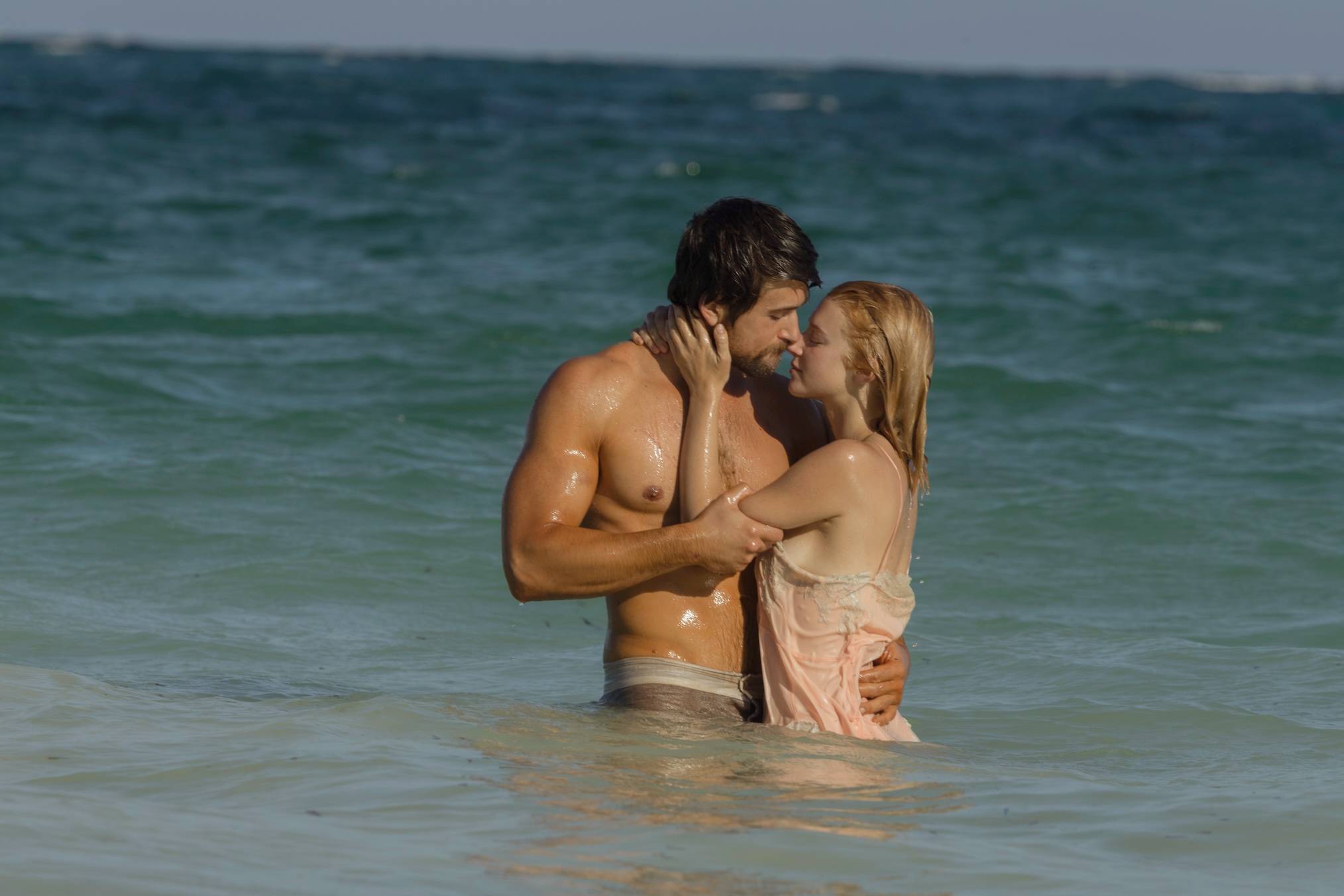[]
×
Skip to main content
The finest songs with which to remember one of the most unique artists and careers in pop or rock history.

Sinead O’Connor performs at Paradiso, Amsterdam, Netherlands on March 16, 1988. Paul Bergen/Redferns
The music world lost one of the most singular voices — both in the vocal and artistic senses — of the past half-century this week with the death of Irish singer-songwriter Sinead O’Connor, at the age of 56. Equally adept at incendiary anti-government missives and heartbreaking torch songs, O’Connor never chased the pop mainstream, but was such a force of artistry that she ended up breaking through to it anyway.
In the U.S., O’Connor was best known for her tearjerking (and Billboard Hot 100-topping) rendition of the Prince-penned megaballad “Nothing Compares 2 U” — along with its impressionistic music video, a huge MTV smash that made her the first female winner for the Video Music Award for video of the year in 1990. As big a hit as “Compares” was, a series of uncommercial career decisions and controversial moments of protest (most notably her ripping up a picture of Pope John Paul II on a 1992 episode of Saturday Night Live) ensured that her time in the pop mainstream was relatively brief.
Nonetheless, O’Connor leaves behind an uncompromising catalog of brilliant moments, from Alternative Airplay hits like “Jump in the River” and “Success Has Made a Failure of Our Home” to deep cuts from her classic first two albums The Lion and the Cobra (1987) and I Do Not Want What I Haven’t Got (1990), to guest appearances on singles by The Edge and Massive Attack. O’Connor never stopped evolving musically, and never took the easy route with her talent, continuing to challenge herself and her fans decades into her career.
Below, Billboard staffers write about 10 of their favorite Sinead O’Connor songs, in chronological order: The protest anthems, the sensual come-ons, the inscrutable statements, and yes, “Nothing Compares 2 U.”
-
“Heroine” (The Edge feat. Sinead O’Connor, Captive Soundtrack)
In a rare venture outside of U2, guitarist The Edge helped score the 1986 film Captive — and for the lone vocal track on the album, enlisted 19-year-old Sinead O’Connor to sing and co-write the song. An appropriately cinematic ode to a sort of maternal embrace — though whether you want to read a double meaning into that title and chorus chant is up to you — O’Connor pleads, “With my heart feel my shame/ Lead me into rest again,” while the eternal echo of The Edge’s six-string fills in any remaining emotional gaps. — ANDREW UNTERBERGER
-
“Mandinka” (The Lion and the Cobra)
More than two years before rocketing to stardom, O’Connor released this fiery, guitar-driven track as the second single from her bracing 1987 debut album, The Lion and the Cobra. While it takes some research to decipher the lyrics — which reference the African tribe at the center of Alex Haley’s Roots — her exhilarating vocal performance contains all of the beauty, rage and transcendence she could muster. When she wails “I don’t know no shame/ I feel no pain/ I can’t see the flame” in the song’s chorus, she does it with such conviction you have no choice but to believe her. — CHRIS EGGERTSEN
-
“I Want Your (Hands on Me)” (The Lion and the Cobra)
“Funky” is probably not a word most commonly associated with an artist as impassioned and frequently downright polemical as O’Connor, but it’s a fair fit for the seductive “I Want Your (Hands on Me),” third single from The Lion and the Cobra. Over a sinewy drum shuffle, no shortage of cowbell and a guitar chop worthy of Nile Rodgers, O’Connor makes her point unmistakable, insisting on the chorus, “Put ’em on, put ’em on, put ’em on me!” Despite a guest verse from MC Lyte for the ’88 single version and a music video that was basically “Buffalo Stance” before “Buffalo Stance,” the song never made much chart impact — but it was still banging enough to be used in a Miami Vice club sequence later that year. — A.U.
-
“Drink Before the War” (The Lion and The Cobra)
The penultimate track on her 1987 debut The Lion and the Cobra, “Drink Before the War” feels like a poetic dispatch from the Troubles in Northern Ireland. As O’Connor chides those who “refuse to see” and “refuse to feel,” the moody instrumentation alternates between an elegiac organ and stabbing strings that complement her harrowing, bluesy banshee wail. The song reached new audiences in 2022, as it was featured in both HBO’s Euphoria and Showtime’s Super Pumped: The Battle for Uber. — JOE LYNCH
-
“Jump in the River” (I Do Not Want What I Haven’t Got)
With singles like “Jump in the River,” it’s not hard to see how the uncompromising, uncommercial O’Connor broke through in an America that was gradually embracing the sounds of alt-rock in the late ‘80s. Her voice – hungry with an imaginative lust – floats over a chugging guitar riff that refuses to let up until the libido is satisfied. As for that gunshot noise at the top of the song? “River” originally appeared on the soundtrack to Jonathan Demme’s 1988 film Married to the Mob. — J.L.
-
“Nothing Compares 2 U” (I Do Not Want What I Haven’t Got)
When “Nothing Compares 2 U” topped the Billboard Hot 100 for four weeks in 1990, O’Connor’s rendition of the song was so personal, so brutally bare that it was hard to believe it came from another singer-songwriter’s pen (Prince originally wrote it for Paisley Park signees The Family’s 1985 debut album). Over a nearly funerary string arrangement and simple backbeat, O’Connor becomes the exemplar of the jilted, mourning lover, the spectral Cathy pawing at the window of a Heathcliff who has already moved on. Her voice takes so many emotional zigzags — going from a hushed croon to a strained falsetto to soulful keening – it feels like a romantic novel’s worth of heartbreak in less than five minutes. Few singers ever achieve this level of emotional authenticity on a recording; that she did it on a cover is testament to her reflexive ability to connect emotionally with the world around her, whether or not it was safe for her to do so. — J.L.
-
“Three Babies” (I Do Not Want What I Haven’t Got)
Released as the third single from I Do Not Want What I Haven’t Got, “Three Babies” didn’t enjoy near the success of “Nothing Compares 2 U,” but arguably matches it in emotional intensity. Starting with a gently-strummed acoustic guitar before layering in a lovely string arrangement, the track centers O’Connor’s devastating vocals as she delivers such haunted lyrics as “In my soul/ My blood and my bones/ I have wrapped your cold bodies around me.” Like all her best songs, “Three Babies” holds the weight of autobiography; in such lovely lines as “And of course I’m like a wild horse/ But there’s no other way I could be,” O’Connor movingly communicates the fearless essence that powered her ascent — and also led to her commercial downfall. — C.E.
-
“Black Boys on Mopeds” (I Do Not Want What I Haven’t Got)
One of O’Connor’s starkest and most unshakeable protest songs — a devastating ballad of just her and multi-tracked acoustic guitar, as she laments the hypocrisy of a U.K. government that decries murder in foreign lands while its police enact racist killings on home turf. (“England’s not the mythical land of Madame George and roses/ It’s the home of police who kill Black boys on mopeds.”) Of its time, ahead of its time and sadly timeless, the song’s message has continued to resonate outside of its location and moment, as it’s been covered by American artists ranging from indie singer-songwriter Phoebe Bridgers to alt-metal band Chevelle. — A.U.
-
“Success Has Made a Failure of Our Home” (Am I Not Your Girl?)
A cover of country icon Loretta Lynn’s 1962 single “Success,” O’Connor recasts the song for her 1992 covers set Am I Not Your Girl with a booming horn-and-string arrangement that imbues the song with an urgency and melodrama that makes it clear how high the stakes of the ruined-relationship lyrics are. She makes the song her own from the opening bars of her quivering, heart-piercing vocal, but she takes it to an entirely different level on the song’s newly written outro, where she repeatedly wails her album’s title question with increasingly frayed desperation and anxiety, seemingly teetering on the edge of total collapse. — A.U.
-
“Special Cases” (Massive Attack feat. Sinéad O’Connor, 100th Window)
Given trip-hop heroes Massive Attack’s long history of finding success with soulful and uniquely timbred singers like Horace Andy, Tracey Thorn and Elizabeth Fraser, it made perfect sense that they would eventually find success working with Sinead O’Connor. They enlisted O’Connor for a couple songs on 2003’s underrated 100th Window, most notably lead single “Special Cases.” A sweeping would-be spy theme, O’Connor makes the song personal with a lyric about the importance of accepting equal responsibility in a relationship: “The deadliest of sin is pride/ Make you feel like you’re always right/ But there are always two sides/ It takes two to make love, two to make a life.” — A.U.
Get weekly rundowns straight to your inbox
Sign Up
ad
{{ result.published_at | date: “%h %d, %Y” }}
0) { __qc.qpixelsent.length = 0; } // First Quantcast Tag _qoptions={ qacct:”” }; quantserve(); } catch(err) {} // Track Comscore unless it’s a gallery and has been tracked if ( window.pmc.comscoreTracked && -1 === window.pmc.comscoreTracked.indexOf( document.location.href ) ) { try { setTimeout(function(){var url = “http” + (/^https:/.test(document.location.href) ? “s” : “”) + “://beacon.scorecardresearch.com/scripts/beacon.dll” + “?c1=2&c2=6035310&c3=&c4=&c5=&c6=&c7=” + escape(document.location.href) + “&c8=” + escape(document.title) + “&c9=” + escape(document.referrer) + “&c10=” + escape(screen.width + ‘x’ + screen.height) + “&rn=” + (new Date()).getTime();var i = new Image();i.src = url;}, 1); COMSCORE.beacon({c1:2,c2:”6035310″,c3:”6035310″,c4:””,c5:””,c6:””,c15:””}); } catch(err) {} } /** * Track pageview end */ } ]]> {“use strict”;var e,t,n,i,r,a=function(){return window.performance&&performance.getEntriesByType&&performance.getEntriesByType(“navigation”)[0]},o=function(e){if(“loading”===document.readyState)return”loading”;var t=a();if(t){if(e
Read The Full Article Here


















:quality(85):upscale()/2024/12/24/622/n/1922564/9eb50f2c676abd9f1647c5.05876809_.jpg)







